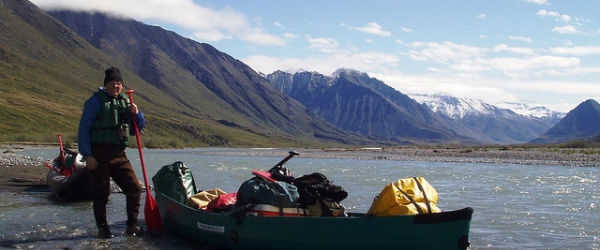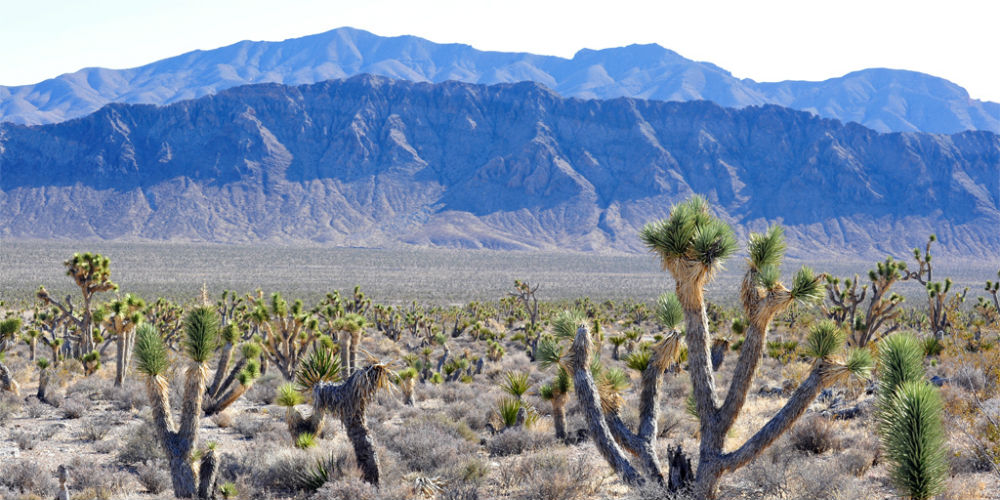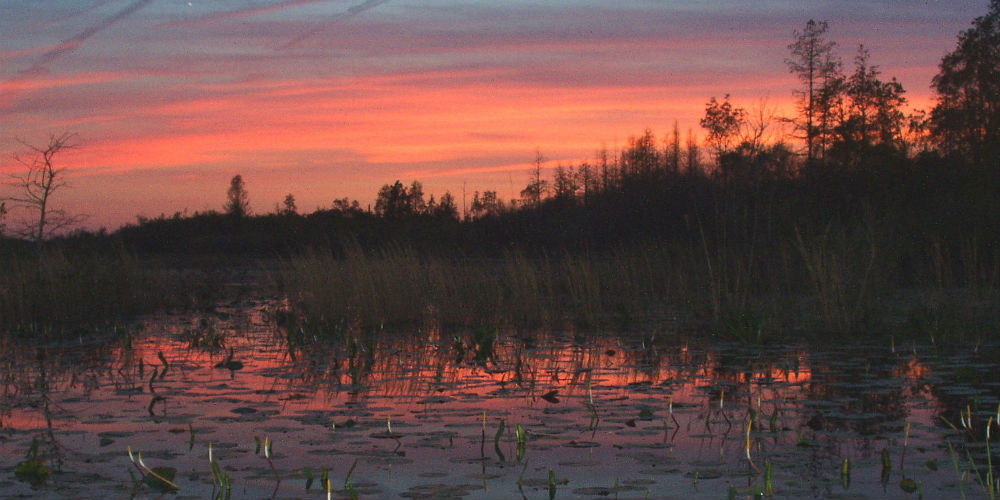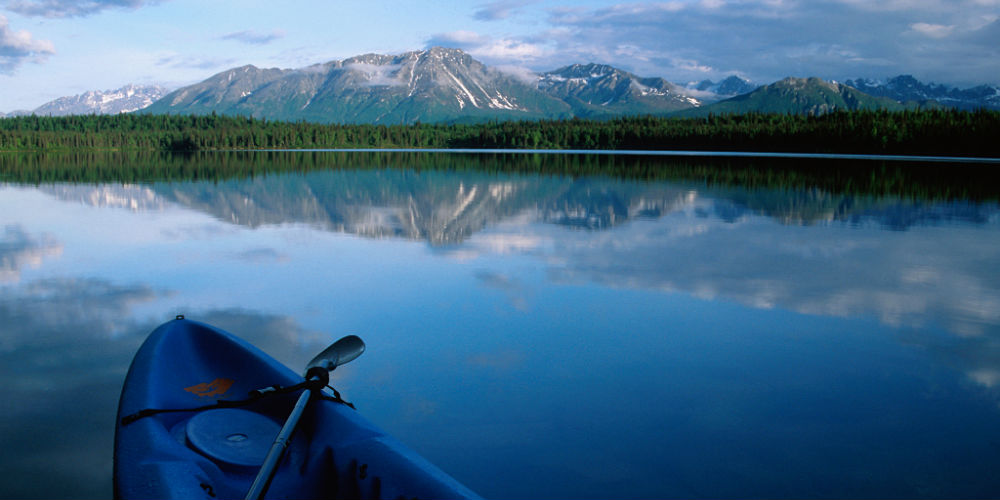From songwriters to artists and super-fans to superstars, electronic dance music’s first sisters – Mim and Liv Nervo of NERVO – have staged a ...

For many tourists, there is nothing more exciting than exploring a vast wilderness, hoping to capture photographs of an elusive animal species. Others travel to observe creatures in their natural habitats. Starting in 1903, the U. S. government set aside parcels of land as National Wildlife Refuges. These protected areas are intended to preserve diverse habitats as well as the flora and fauna therein for future generations. Although there are 562 such sanctuaries in all 50 states and several territories, there are four that stand out as simply remarkable.
Arctic National Wildlife Refuge
Arctic National Wildlife Refuge is the largest animal sanctuary in the country. It encompasses 30,135 square miles of pristine wilderness in Alaska’s remote northeastern corner. Visitors can explore an ecologically diverse park that includes a variety of habitats, including coastal plain and alpine tundra regions. The park also includes boreal forests lined with evergreens as far as the eye can see. Rather unsurprisingly, this diversity accounts for a broad array of fauna. Caribou, moose, grizzly bears and at least 200 species of birds all call Arctic National Wildlife Refuge home. Avian enthusiasts will find this an ideal place to catch glimpses of snow geese, tundra swans, rock ptarmigans and casually visiting bald eagles among others. Popular activities throughout the refuge include hiking, educational demonstrations and river excursions. Even though hunting and fishing are permitted, visitors must follow all regulations enforced by the Alaska Fish and Wildlife Department.
Yukon Delta National Wildlife Refuge
The Yukon Delta National Wildlife Refuge is situated on Alaska’s west coast where the Yukon and Kuskokwim rivers empty into the Bering Sea. The area consists of 29,937.5 square miles of a variety of fascinating wildlife. From the diminutive Arctic shrew to the nearly 7-foot-tall Alaskan moose, there are plenty of magnificent creatures in this unspoiled wilderness. Cuddly and playful sea otters, a favorite with visitors, are commonly found frolicking on rocks along the coast. Meanwhile orcas, belugas and other marine mammals can often be sighted offshore. One of the most popular activities at Yukon Delta is a float trip, in which tourists traverse the Kisaralik and Kwethluk rivers by raft for an unforgettable experience.
Desert National Wildlife Refuge
Desert National Wildlife Refuge in Nevada is the largest of its kind outside of Alaska. It showcases the diverse topography, flora and fauna of the Great Basin and Mojave deserts. Although most resident species at Desert National Wildlife Refuge are inactive during the day, the majestic desert bighorn sheep is well-suited to the intense heat commonplace in the arid Southwest. Many Desert National Wildlife Refuge visitors enjoy hiking. The 2.5-mile trek to Hayford Peak, which measures 9,912 feet in elevation and provides one of Nevada’s most breathtaking views, is not to be missed.
 © Andrew
© Andrew
Okefenokee National Wildlife Refuge
Georgia and Florida share the Okefenokee National Wildlife Refuge, the largest such area east of the Mississippi. It covers 628 square miles of largely undisturbed wetlands. As a result, the area provides sanctuaries for American alligators aw well as countless other species, including the Southern flying squirrel, armadillo and the rare Florida panther. It is also home to several types of birds including the great blue heron, red-shouldered hawk and American redstart. The best way to see the refuge is by canoe, kayak or small motorized watercraft. Tourists often traverse the 120 miles of waterways by boat for the most spectacular views. For those who enjoy history along with their wildlife observation, the annual Pioneer Days celebration in November is a must-see event.
 © U.S. Fish and Wildlife Service Headquarters
© U.S. Fish and Wildlife Service Headquarters
— — —
Cover photo © US Department of the Interior


Any animal lover looking to interact with wildlife are guaranteed to enjoy the crystal-clear waters, perfect for snorkeling.




Located near the heart of Cartagena's old city, this hotel provides local, Spanish hospitality with French luxury.
















